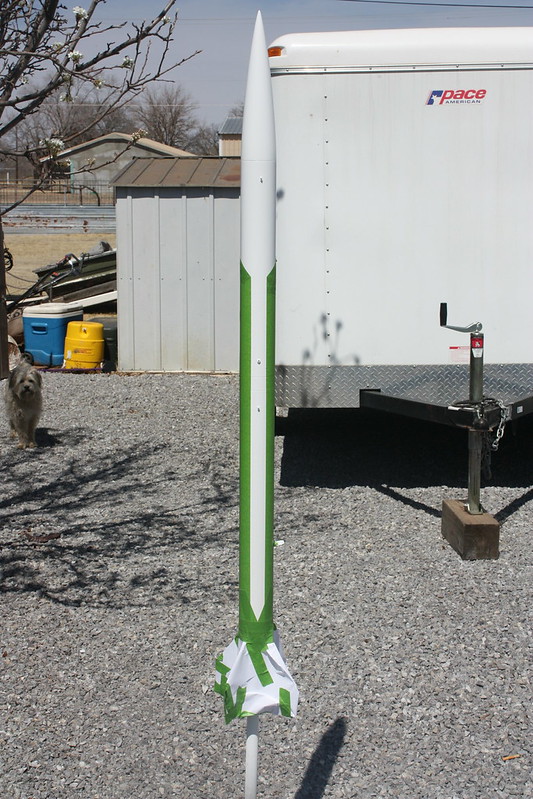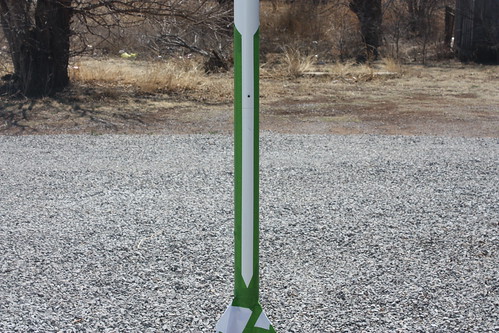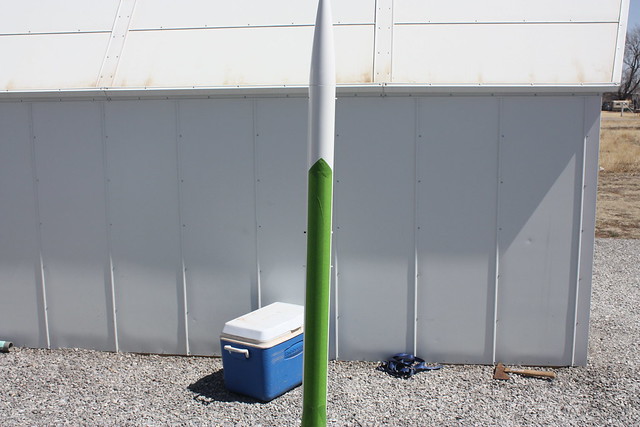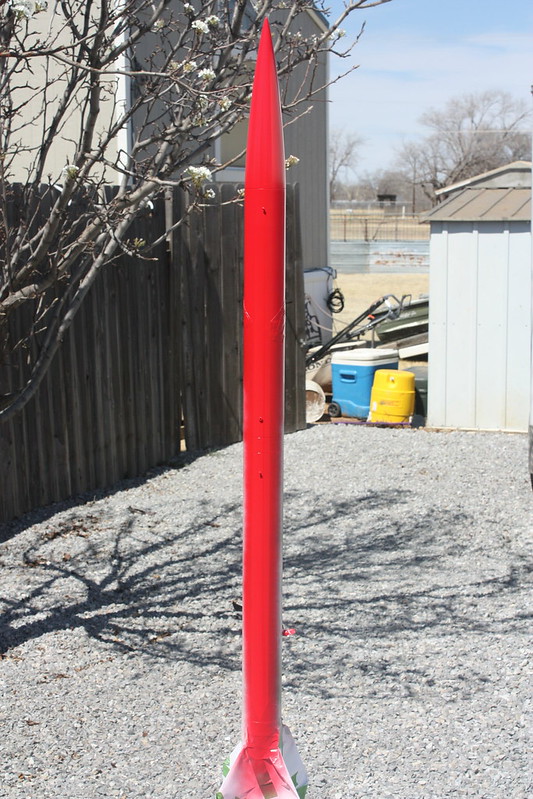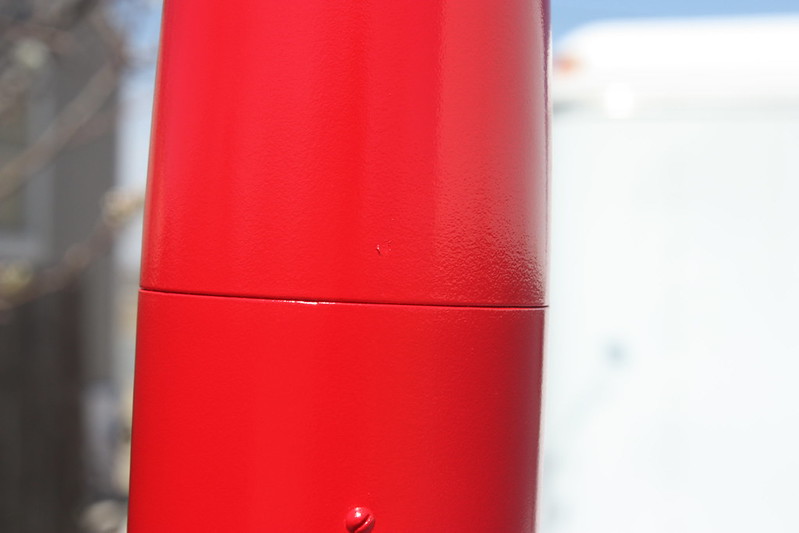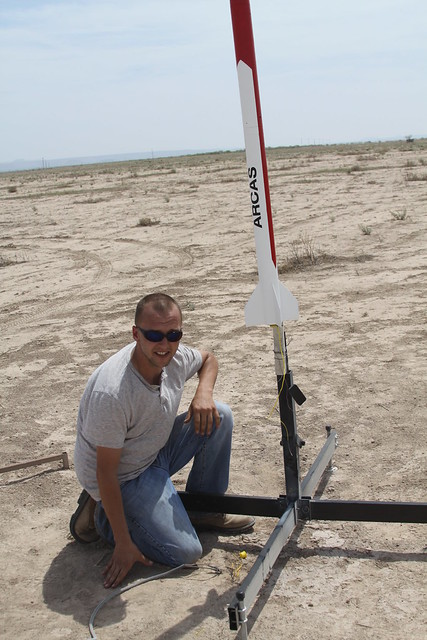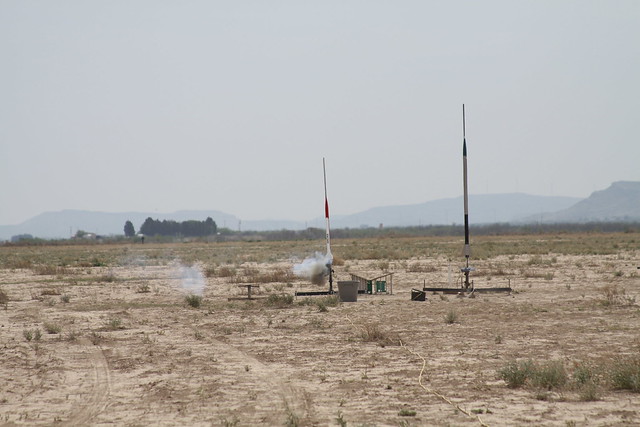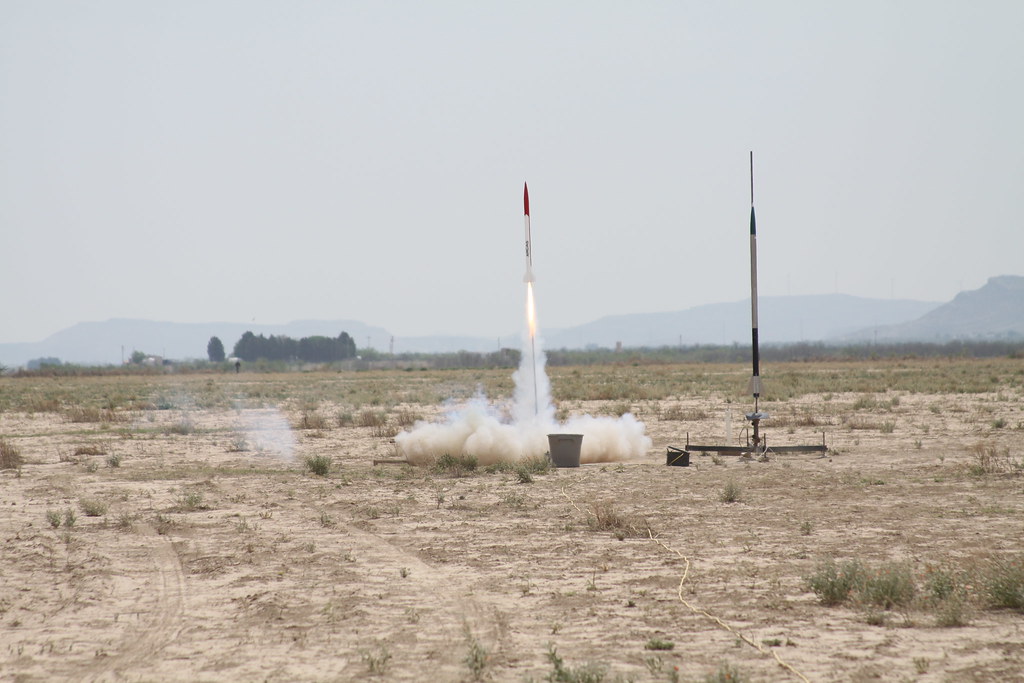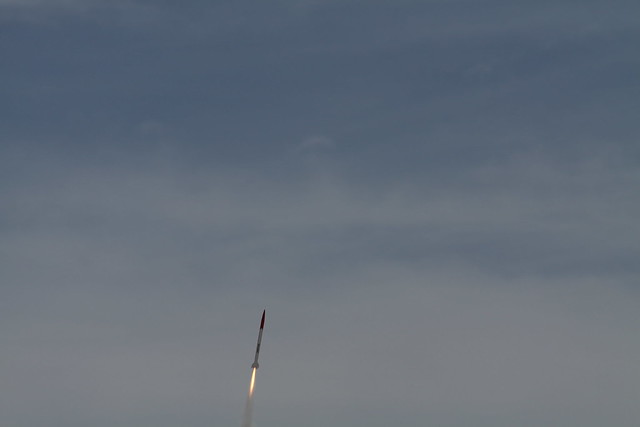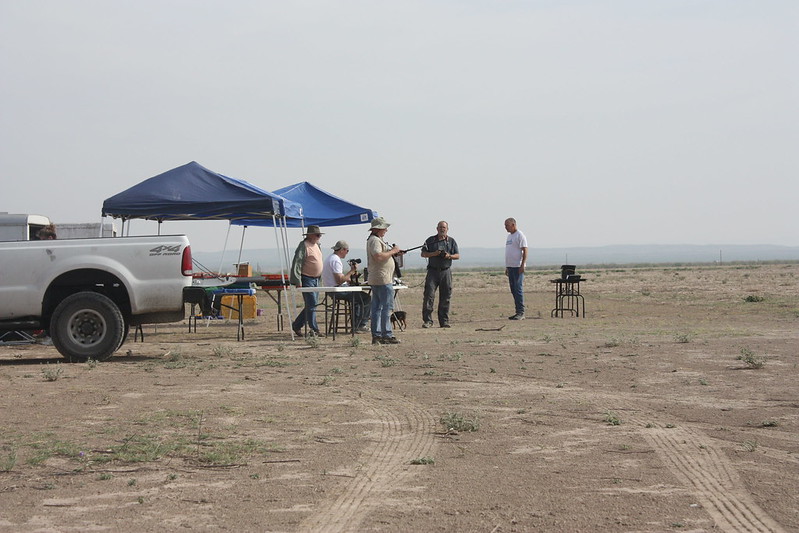DAllen
Well-Known Member
Whats even the point of doing fillets if you dont do the left side and right at the same time creating a valley for the epoxy to get evenly distributed? Also, why do fillets if you dont sand them down smooth so you can see them once you paint? One more thing Proline epoxy is expensive, if you dont go the extra mile and make them look perfect whats the point in spending that much on it? I have used 5 minute loctite epoxy from lowes on many fiberglass birds and sanded and made them look perfect. The bottom line is if your gonna spend the cash, make it the most smooth aerodynamic rocket you can make.
Relax...just let the fella build it the way that makes him happiest. Sheez.
Perfect fillets do not make that big of a difference on aerodynamics.
-Dave






